@tuda.ai
If I had to sum up my style in one word, it would be “Chaos.” It’s a chaotic blend of retro anime, cyberpunk, and glitch aesthetics, with bold colors and high contrast
I grew up during the transition between analog and digital—old CRT monitors, VHS tapes, and the early internet. That mix of nostalgia and technology shaped how I see things. I’ve always been drawn to retro-futurism, cyberpunk, retro anime, and the raw, hand-drawn energy of ’80s and ’90s anime. AI lets me blend these influences in a way that feels both familiar and fresh.
Porto has a unique, gritty, old-meets-new vibe that I love. The mix of historic architecture with a growing underground art scene seeps into my work. The contrast between tradition and the future really reflects in what I create.
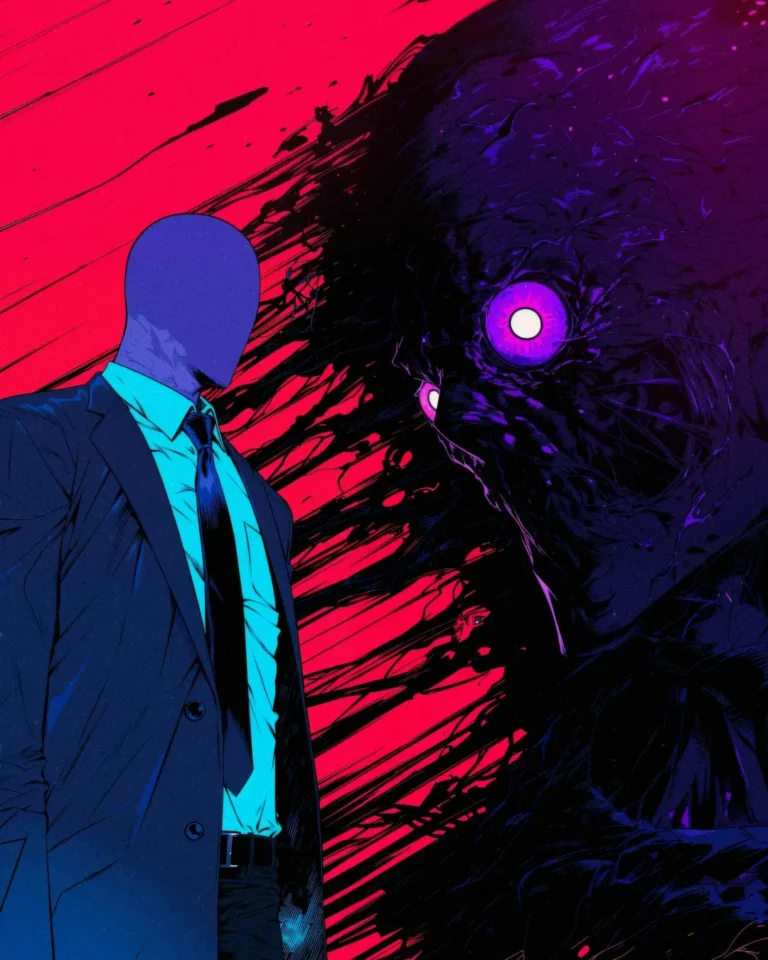
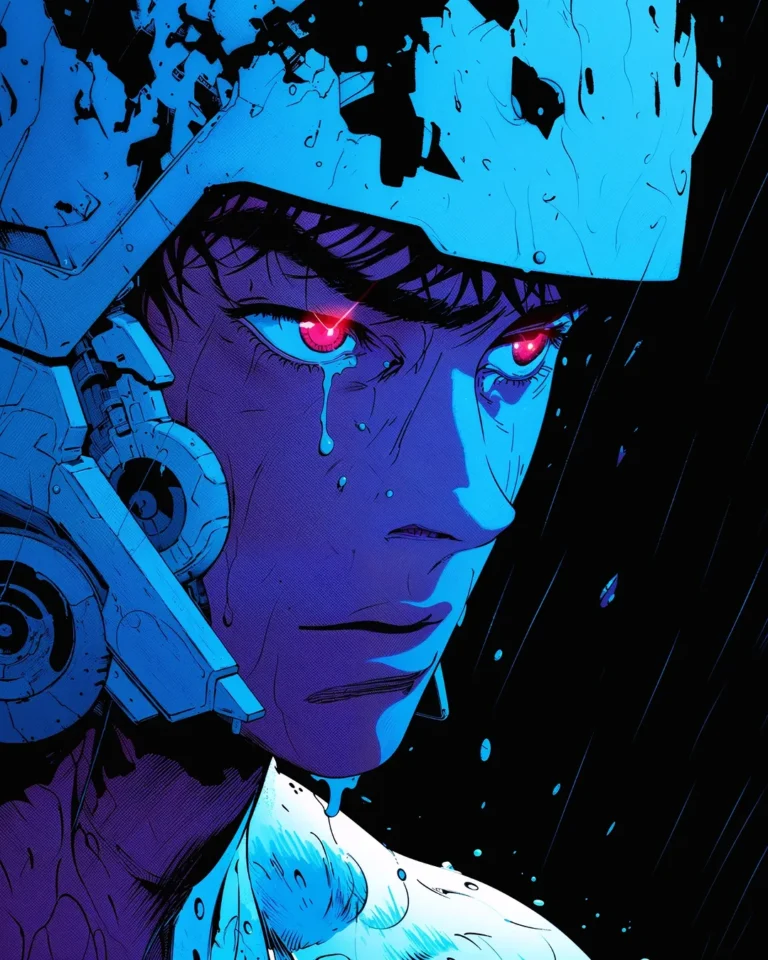
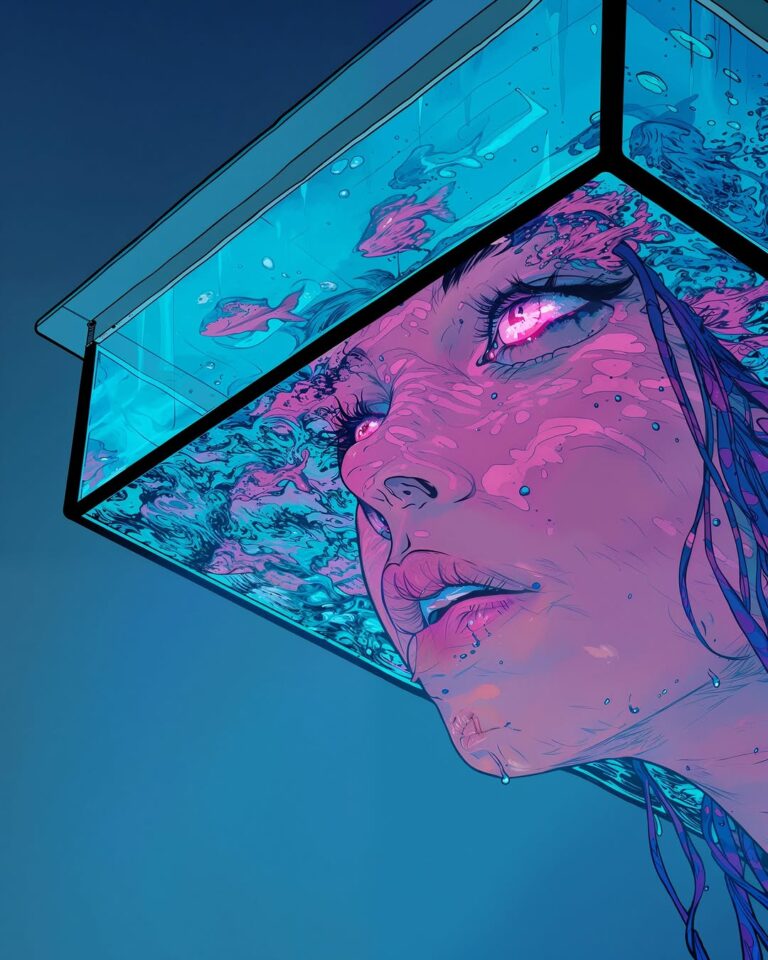
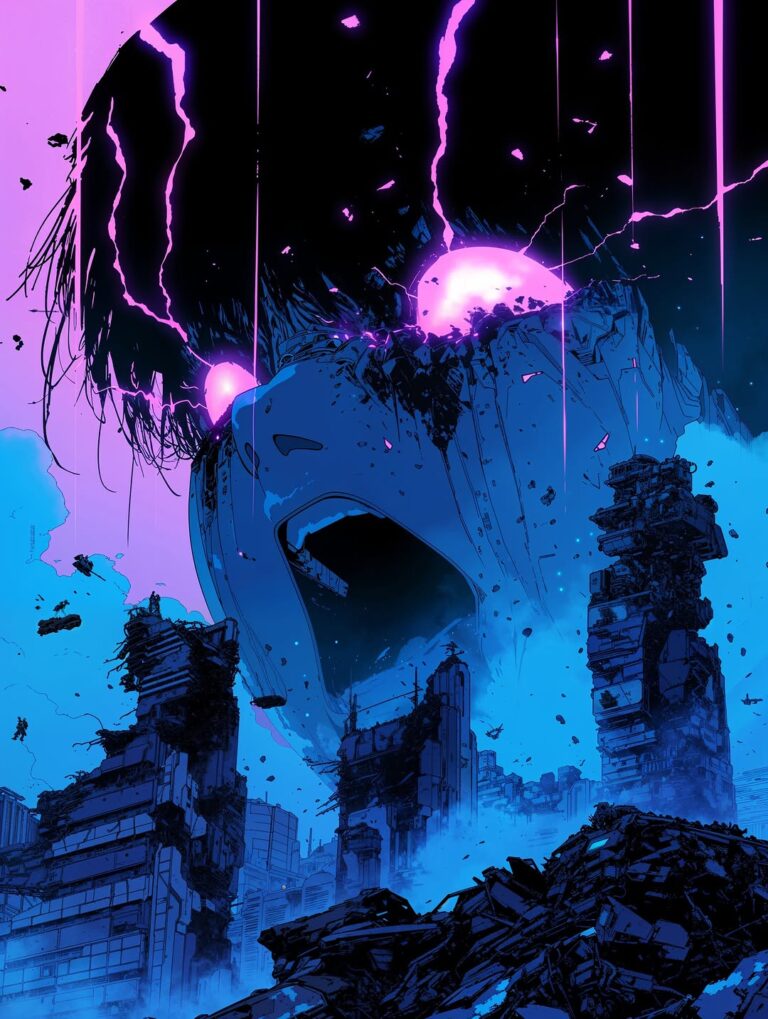
If I had to sum up my style in one word, it would be “Chaos.” It’s a chaotic blend of retro anime, cyberpunk, and glitch aesthetics, with bold colors and high contrast. My influences come from artists like Katsuhiro Otomo, Moebius, and Kentaro Miura—art that feels raw, detailed, and full of energy. I like things that look imperfect, almost like they were pulled from a lost VHS tape or an old manga panel.
My work explores a lot of dystopian and futuristic themes, but with a strong sense of nostalgia. I enjoy delving into digital decay, rebellion, and the connection between humans and technology. The imperfections in AI art—glitches, distortions—fit perfectly into that narrative.
Inspiration comes from a mix of everything—old anime, sci-fi movies, underground music, internet culture. Sometimes, I just start playing around with AI and let the weirdness guide me. I also love finding inspiration in things that weren’t meant to be art—glitched screens, low-res textures, old magazine scans.
I love high-contrast, bold palettes—deep blues, neon reds, gold highlights. But I also enjoy working with monochrome themes, where one color really pops. Color isn’t just an aesthetic choice; it sets the entire mood of an image.
AI art is a tool, but it’s more than that. It’s like working with an unpredictable creative partner — you guide it, but it surprises you. The best results come when you treat it as part of a process, not just a generator. AI is powerful, but it still struggles with things like maintaining consistent characters across images or handling hands and fine details without workarounds. Having more direct input methods—like sketching over prompts—would be a game changer.
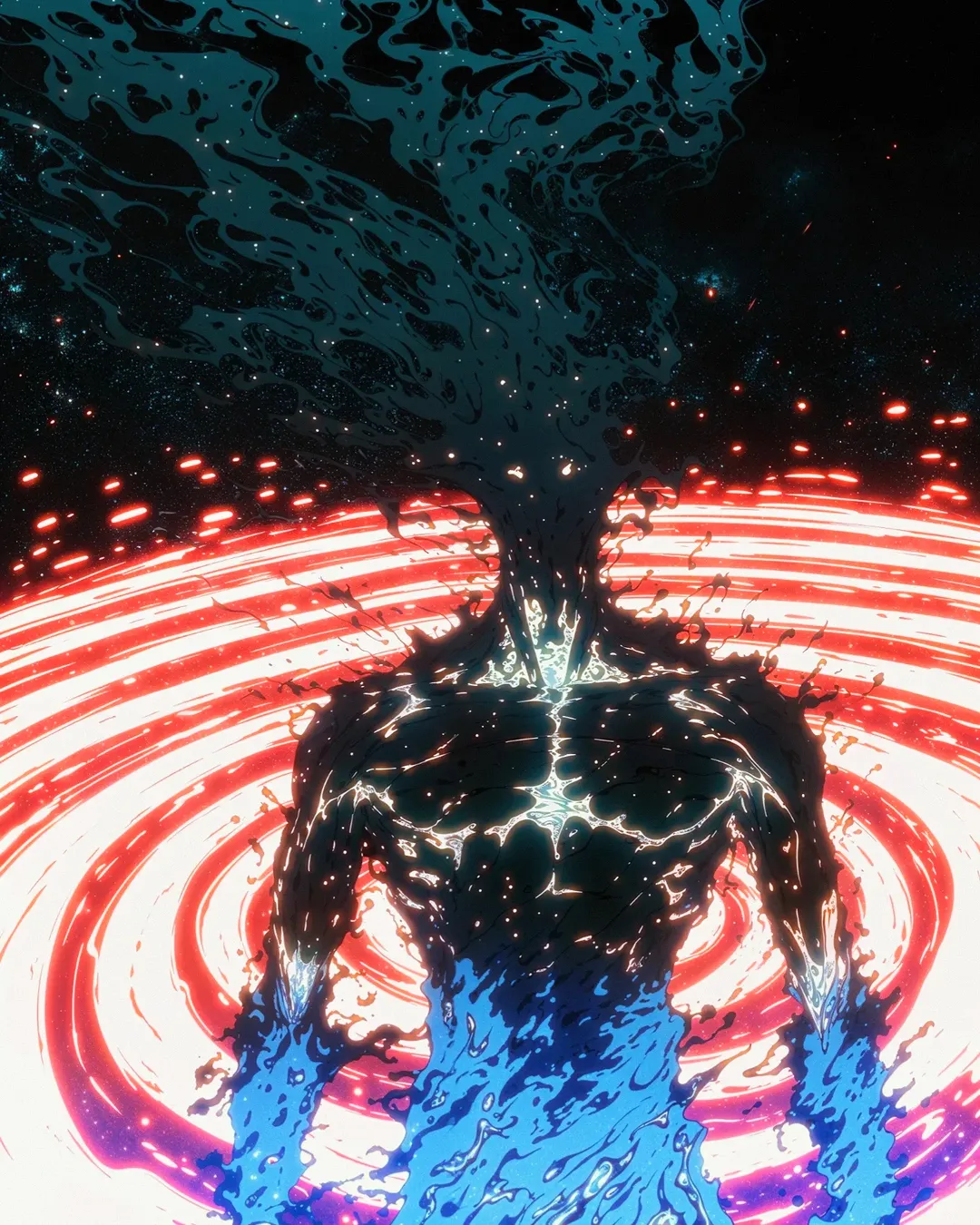



My work is part of the ongoing conversation about the intersection of nostalgia and the future. AI art mirrors the way music, fashion, and design constantly remix past aesthetics into something new. My art draws from ’80s and ’90s anime, cyberpunk, and glitch culture, which are already present in things like streetwear, underground music scenes, and mainstream sci-fi. AI art fits into this larger cultural shift where digital expression is becoming more chaotic, experimental, and democratized, blurring the lines between human creativity and machine collaboration.
AI art is unpredictable, which keeps it interesting. Some days, it feels like magic; other days, it’s a struggle to get what I want. But that challenge is part of the process, and when something clicks, it’s worth it. It’s constantly evolving. AI art is still a new frontier, and I’m figuring it out as I go. TUDA.AI is all about pushing the limits of what’s possible while keeping that distinct retro-futuristic energy.
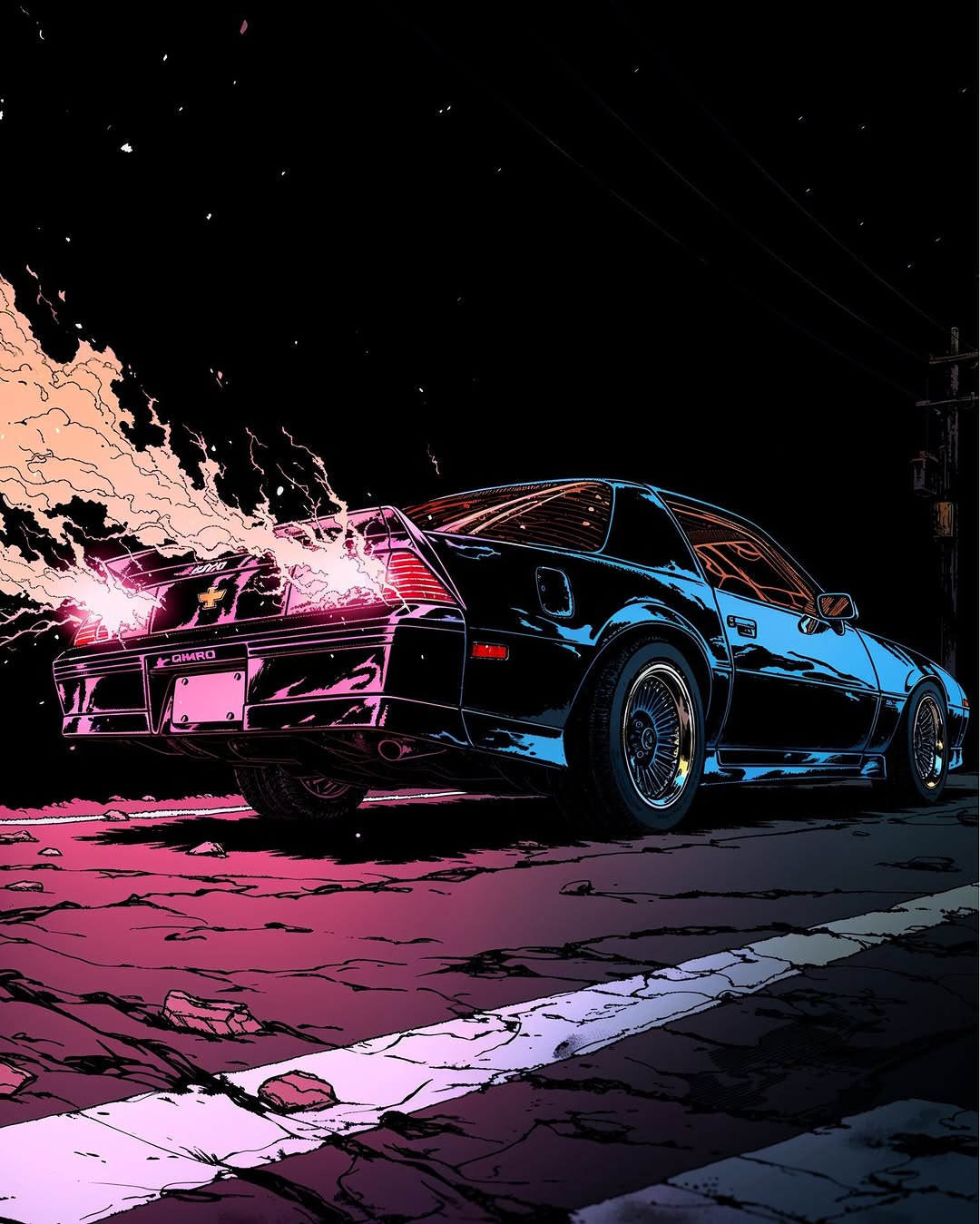
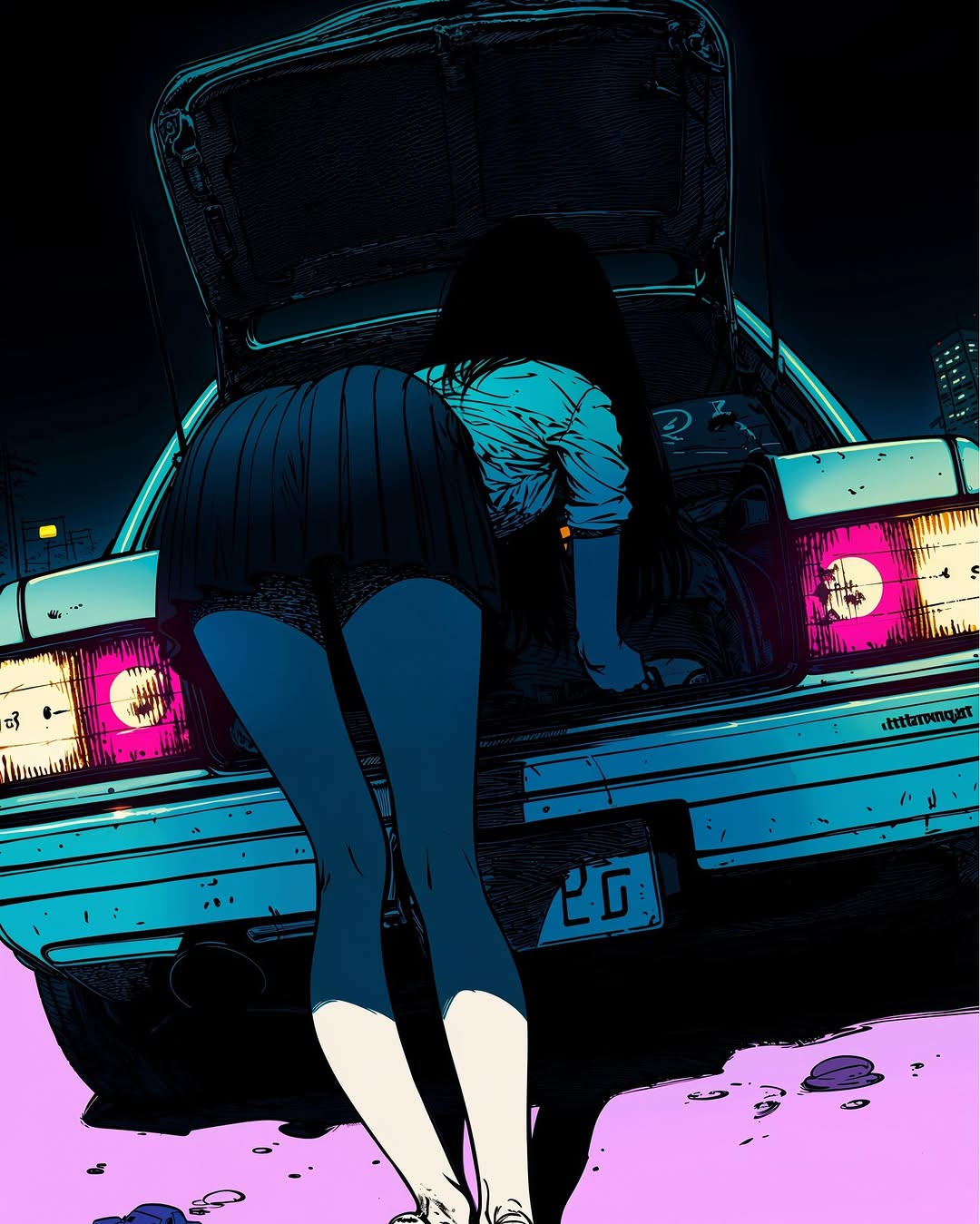

FRMWRK.AI Community is AI Art Collective | Global Hub for Creativity started by @9cons.ai and @tuda.ai with admin help from @dullia.ai